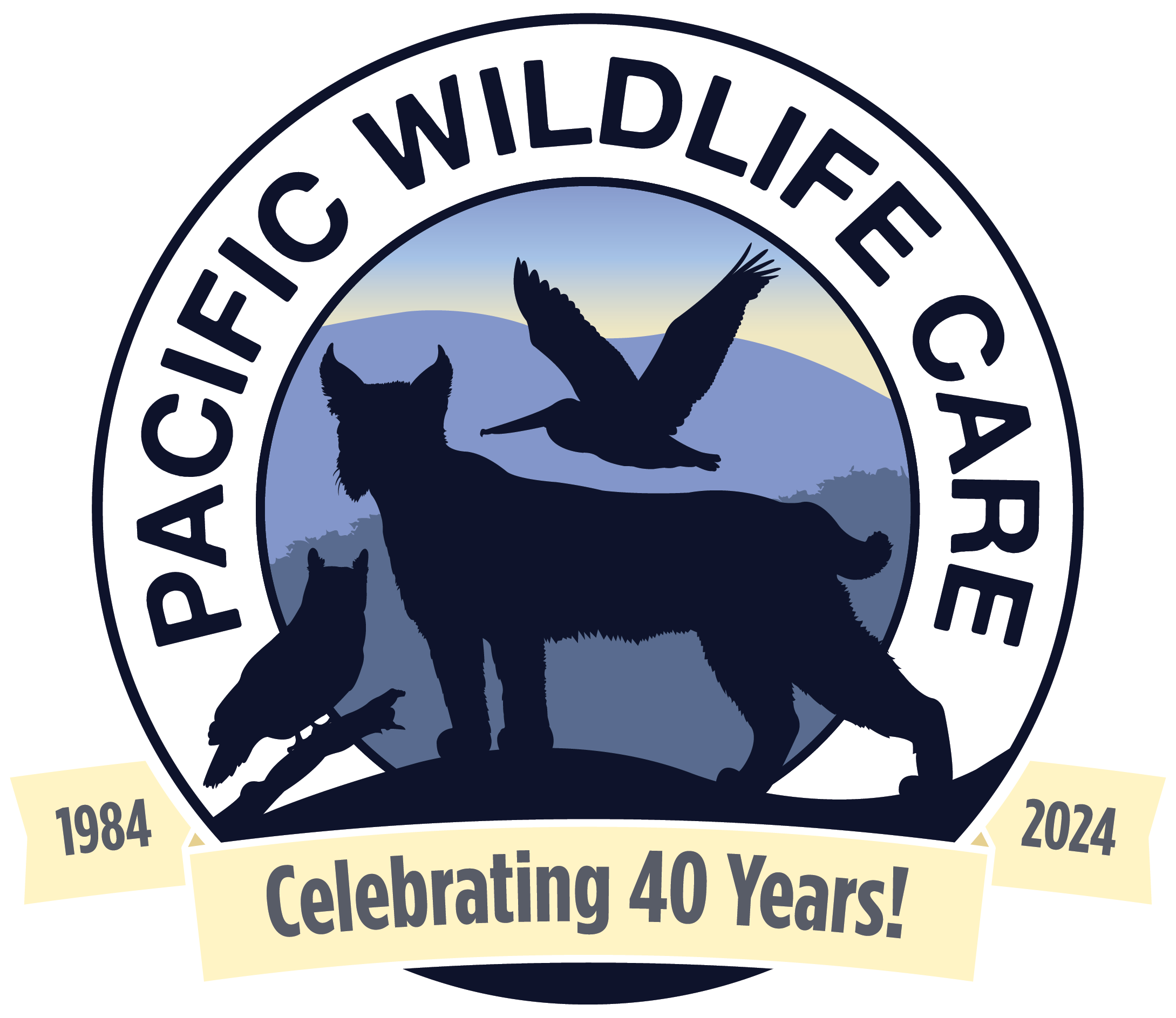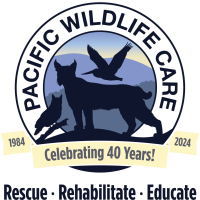Coyotes
- Do not feed the coyotes. They can easily become dependent on human food sources.
- Never leave pet food outside.
- Never discard edible garbage where coyotes can get to it.
- Secure garbage containers and eliminate their odors. Use a small amount of ammonia or cayenne pepper in the garbage to discourage scavenging.
- Restrict use of birdseed. Coyotes are attracted to it and to the birds and rodents that use the feeder.
- If possible, eliminate outdoor sources of water.
- Trim and clear near ground level any shrubbery that provides cover for coyotes or prey.
- Use fencing to help deter coyotes. The fence must be at least six feet tall with the bottom extending at least six inches below ground level. Augment your existing fencing with outwardly inverted fencing, hot wire, or cement blocks and large rocks buried outside the fence line to prevent animals from digging into your yard.
- Actively discourage coyotes by making loud noises and throwing rocks to make them leave.
- Pick that fruit as soon as it ripens and keep rotted fruit off the ground.
- Battery operated flashing lights, tape recorded human noises, scattered moth balls and ammonia-soaked rags strategically placed may deter coyotes from entering your yard.
- Keep cats and small dogs indoors, allowing them outside only under strict supervision.
- Keep chickens, rabbits and other small animals in well protected areas and in sturdy cages at night. Cages made of chicken wire are meant only for keeping small animals contained. They will not keep desperate coyotes or other predators from entering. Stronger gauge wiring is a necessity in protecting these small animals.
- Coyotes are attracted to and can mate with unspayed or unneutered domestic dogs. Unspayed female dogs in season will attract male coyotes, and unneutered male dogs can be lured away by the scent of a female coyote in her ovulation cycle. There have been cases of male dogs being lured by the female coyote’s scent and killed by male coyotes. It is strongly advised that people living in areas frequented by coyotes have their dogs spayed or neutered to prevent such tragedies from occurring.
- Trapping and relocation of coyotes is not a recommended or viable alternative. Coyote pups, although weaned at an early age, may remain with their mother into their second year, often helping the mother care for her newest litter. Disruption of this “pack” can mean devastation for the whole group or cause disoriented or suddenly orphaned coyotes to deviate from the norm and prey on easy game (small dogs, rabbits, cats, chickens, etc.). Wild animals are territorial and like species will simply take over the area vacated by the relocated or dead animal.
Information was provided by the Fund for Animals and California Center for Wildlife.


